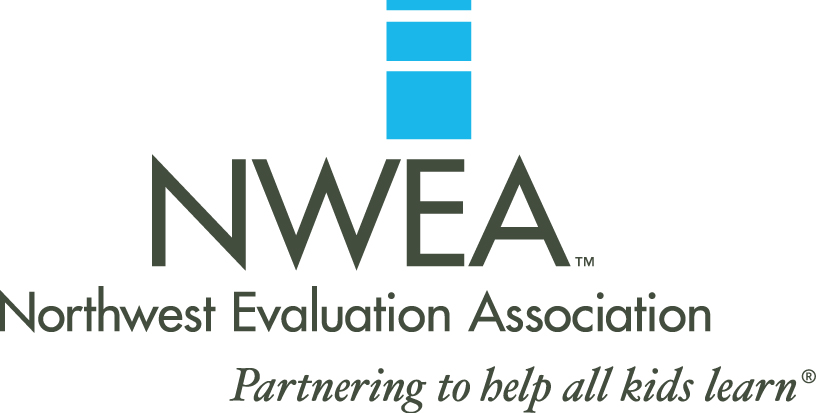The following post was contributed by Kathy Dyer, a Sr. Professional Development Content Specialist for NWEA, designing and developing learning opportunities for district and school partners and internal staff. Follow her on Twitter at @kdyer13 and download the first article in her five-part formative assessment series. NWEA is a sponsor partner of NCEA.
Engineering your classroom environment to regularly solicit evidence of student understanding creates engaged students, while providing teachers the information they need to adjust instruction.
In research conducted by Jones and Krouse in 1988, twenty-one student teachers were randomly assigned to learn one of two instructional approaches. One group was introduced to a data-based problem-solving approach to instruction which encouraged them to evaluate the effectiveness of instruction according to changes in the achievement of the students in their classroom. They collected and analyzed data on student learning, made changes to instruction to address instructional obstacles, and reexamined student progress. The second group used more traditional methods of instruction such as instructional procedures and techniques for classroom management.
The result: the first group of teachers was more likely to use systematic and frequent observations of student performance when planning and evaluating instruction.*
The key to this method is eliciting evidence on a minute-to-minute, day-by-day basis and then using that data to make teaching adjustments. Here are five quick tips for integrating these formative assessment strategies into your daily classroom routine:
- Start small. Pick just 1-3 formative assessment strategies and practice them until they are routine – for both you and your students. Be persistent; things may not go as planned the first few times you try.
- Be transparent with the students about what you are doing and why. What happens if you start out by saying, “How do you think you did on this lesson today? Rate yourself from 1-10.”? Without prior knowledge, practice or criteria students can use to gauge how they did, this would be challenging.
- Teach the students about formative assessment so they can use it too. Students will be curious about why you are doing things differently. Teaching them strategies they can use to set goals, gather evidence of their learning, make adjustments to learn more will have benefits to you and your students.
- Integrate it daily. Pedagogy is practice. Formative assessment supports learning minute-to-minute and day-by-day. As we hone our practice, it becomes routinized and ideally will reach a point at which it is difficult to tell where teaching stops and assessment begins.
- Celebrate the shifts. As the culture in your classroom shifts, celebrate it. As students become resources for one another in ways you haven’t seen before, celebrate. As students begin to use academic vocabulary, articulate where they are in their learning and ask for what they need, celebrate. As students become learners, as learning becomes the habit, as mistakes and assessments are seen as additional opportunities to learn, celebrate.
Starting the school year by engineering your classroom environment with formative assessment in mind will set teachers and students up for a successful year.
*1988, Jones and Krouse, The effectiveness of data-based instruction by student teachers in classrooms for pupils with mild learning handicaps. Teacher Education and Special Education, 1(1), 9–19.
